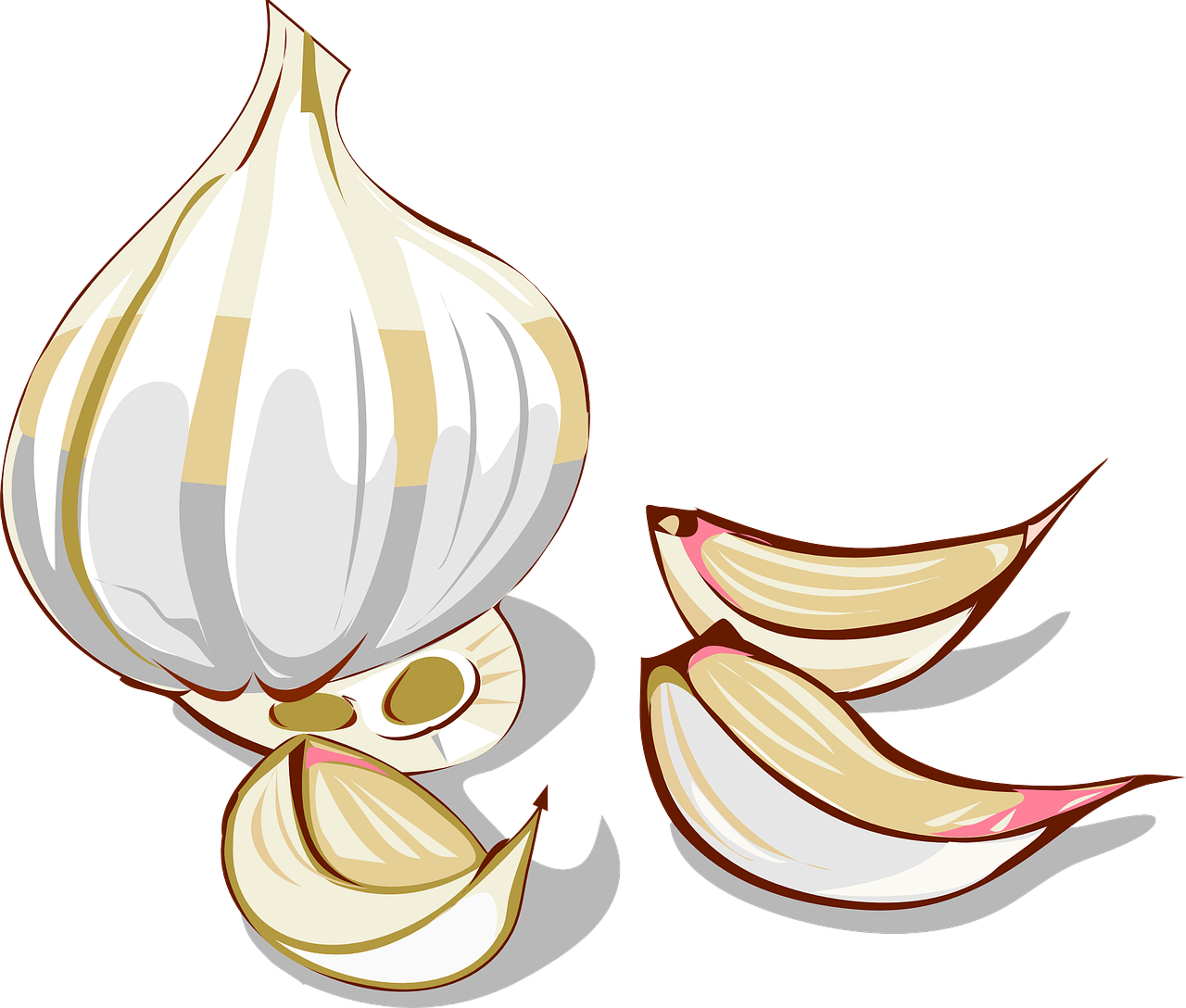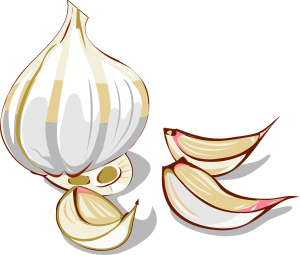
SICKLE CELL AND ALKALINE FOOD
An alkaline diet emphasizes alkaline foods such as whole fruits and vegetables and certain whole grains, which are low in caloric density. Healthy Alkaline Diet Foods involve the ideal balance between acidifying and alkalizing foods.
The body includes a number of organ systems that are adept at neutralizing and eliminating excess acid, but there is a limit to how much acid even a healthy body can cope with effectively. The body is capable of maintaining an acid-alkaline balance provided that the organs are functioning properly, that a well-balanced alkaline diet is being consumed, and that other acid-producing factors, such as tobacco use, are avoided.
A 2012 review published in the Journal of Environmental Health found that balancing your body’s pH through an alkaline diet can be helpful in reducing morbidity and mortality from numerous chronic diseases and ailments — such as hypertension, diabetes, arthritis, vitamin D deficiency, and low bone density, just to name a few.
How do alkaline diets work? Research shows that diets consisting of highly alkaline foods — fresh vegetables, fruits and unprocessed plant-based sources of protein, for example — result in a more alkaline urine pH level, which helps protect healthy cells and balance essential mineral levels. Alkaline diets (also known as the alkaline ash diets) have been shown to help prevent plaque formation in blood vessels, stop calcium from accumulating in urine, prevent kidney stones, build stronger bones, reduce muscle wasting or spasms, and much more.
What Is an Alkaline Diet?
An alkaline diet is one that helps balance the pH level of the fluids in your body, including your blood and urine. Your pH is partially determined by the mineral density of the foods you eat. All living organisms and life forms on earth depend on maintaining appropriate pH levels, and it’s often said that disease and disorder cannot take root in a body that has a balanced pH.
Although some experts might not totally agree this with statement, nearly all agree that human life requires a very tightly controlled pH level of the blood of about 7.365–7.4. As Forbe’s Magazine puts it, “Our bodies go to extraordinary lengths to maintain safe pH levels.” Your pH can range between 7.35 to 7.45 depending on the time of day, your diet, what you last ate and when you last went to the bathroom. If you develop electrolyte imbalances and frequently consume too many acidic foods, your body’s changing pH level can result in increased “acidosis.”
Wondering what exactly “pH level” even means?
What we call pH is short for the potential of hydrogen. It’s a measure of the acidity or alkalinity of our body’s fluids and tissues. It’s measured on a scale from 0 to 14. The more acidic a solution is, the lower its pH. The more alkaline, the higher the number is. A pH of around 7 is considered neutral, but since the optimal human body tends to be around 7.4, we consider the healthiest pH to be one that’s slightly alkaline, and pH levels vary throughout the body, with the stomach being the most acidic region.
Even very tiny alterations in the pH level of various organisms can cause major problems. For example, due to environmental concerns, such as increasing CO2 deposition, the pH of the ocean has dropped from 8.2 to 8.1 and various life forms living in the ocean have greatly suffered. The pH level is also crucial for growing plants, and therefore it greatly affects the mineral content of the foods we eat. Minerals in the ocean, soil and human body are used as buffers to maintain optimal pH levels, so when acidity rises, minerals fall.
Here is a list of Alkaline Foods, especially High Alkaline Foods:
- Examples of Alkalining Vegetables: Beets, Broccoli, Cauliflower, Celery, Cucumber, Kale, Lettuce, Onions, Peas, Peppers, Spinach, Tomato,
- Examples of Alkalizing Fruits: Apple, Banana, Berries, Cantaloupe, Grapes, Melon, Lemon, Orange, Peach, Pear, Watermelon
- Alkalizing Protein: Almonds, Chestnuts, Tofu
- Alkalizing Spices: Cinnamon, Curry, Ginger, Mustard, Sea Salt, Garlic,
- More Alkalizing food: pH 9.5 Water, Green Drinks, Himalayan Salt, Real Salt, Avocado, Broccoli, Cabbage, Parsley, Sprouts (alfalfa, bean, pea, soy, etc.), Soy Nuts. . ., (soaked soybeans, then air-dried), Soy lecithin, pure
Alkaline Diet Benefits
Lowers Chronic Pain and Inflammation
Studies have found a connection between an alkaline diet and reduced levels of chronic pain. Chronic acidosis has been found to contribute to chronic back pain, headaches, muscle spasms, menstrual symptoms, inflammation and joint pain.
One study conducted by the Society for Minerals and Trace Elements in Germany found that when patients with chronic back pain were given an alkaline supplement daily for four weeks, 76 of 82 patients reported significant decreases in pain as measured by the “Arhus low back pain rating scale.”
Life on earth depends on appropriate pH levels in and around living organisms and cells. Human life requires a tightly controlled pH level in the serum of about 7.4 (a slightly alkaline range of 7.35 to 7.45) to survive
https://draxe.com
https://www.ncbi.nlm.nih.gov
http://www.acidalkalinediet.net/







